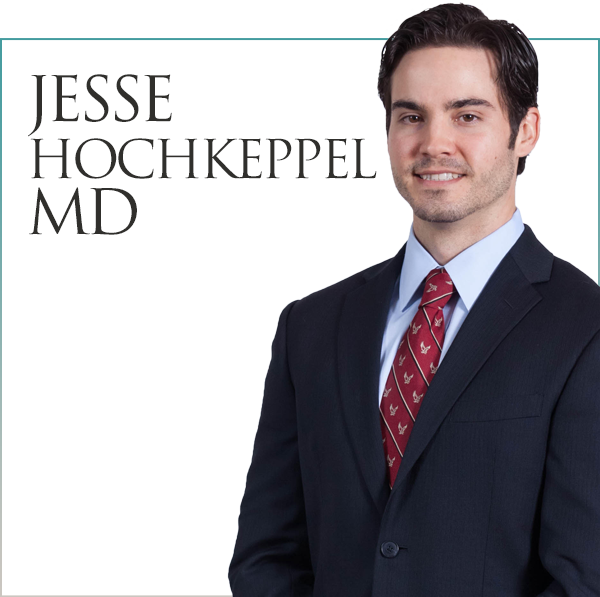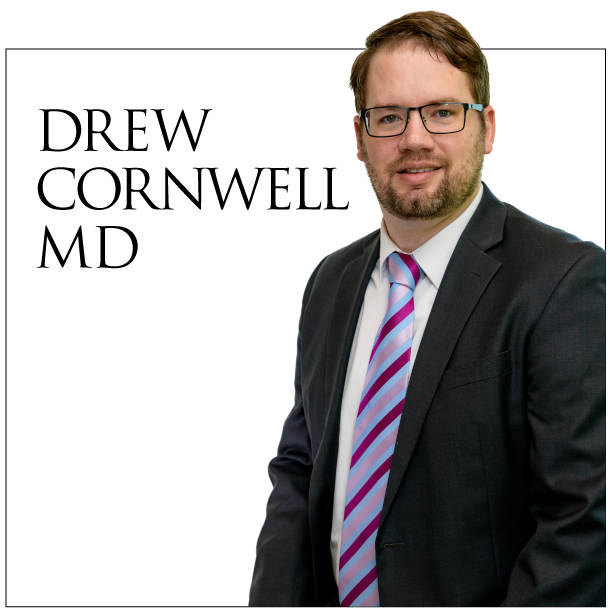Doctors on Alert for Pain Medication Abuse
September 29, 2010|By Ed Finkel, Special to the Tribune
When celebrities abuse drugs it is often headline news, but plenty of average Americans also get in trouble, and their private struggles are no less agonizing. That is why the Drug Enforcement Agency recently teamed up with police for national Drug Take Back Day.
In recent years, several studies have shown that abuse of prescription drugs is on the rise, including among chronic pain sufferers. Pain doctors often struggle to figure out who truly needs medication.
A seasoned doctor can recognize patterns, such as frequent visits, said Dr. Charles Laurito, an anesthesiologist at the University of Illinois at Chicago Medical Center. But often, about the best doctors can do is ask the patient on a scale of 1 to 10 how severe their pain is.
“It’s all subjective,” said Laurito. “There’s no index, other than what the patient says about what the patient is experiencing. … The other thing you have to worry about is people pretending that they had a bad pain and diverting all the medication to the street.”
The American Society of Interventional Pain Physicians supported the DEA’s Drug Take Back Day, which was Saturday, when the public could dispose of unneeded drugs safely and anonymously at designated sites. For the past month — September is National Pain Awareness Month — the organization has been educating pain sufferers about the potential for abuse.
“With chronic pain affecting more adults in the United States than cancer, diabetes and heart disease combined, many Americans are not aware that the prescription medications used to treat them are also being abused at an increasingly alarming rate, and that a majority of abused prescription drugs are obtained from family and friends,” Dr. David Kloth, a spokesman for the society, said in a statement.
The organization also wants to inform patients that there are alternatives to medication.
“Interventional Pain Management offers alternative techniques and treatments that help to reduce the reliance upon prescription drugs to relieve, reduce or manage pain,” said Kloth.
Abuse of pain medications is also on the rise among young people. In fact, more young people ages 12-17 abuse prescription drugs than any illicit drug except marijuana, according to the Office of National Drug Control Policy.
“It’s a fairly easy trap to fall into,” said Laurito. “High school kids are no longer buying drugs from street vendors, but going into grandma’s medicine cabinet.”
Testing patients to see if they’re using prescriptions properly through urinalysis and other methods is costly and creates a chilly relationship, Laurito said.
“It ends up being a very awkward situation,” he said. “If I simply cherry-pick those I think might be abusing, then I might be accused of profiling. It’s a touchy subject.”
At Rush University Medical Center, doctors randomly test patients to check their drug use and require patients to sign a contract saying they will hew to their assigned dose, said Dr. Asokumar Buvanendran, director of orthopedic anesthesia at Rush’s Pain Center. They also check a Web site that tracks reports for prescription abuse in Illinois.
“It shows that Mr. Jones received Oxycontin, 100 pills from Doctor A, and then Doctor B gave him another 200 tablets 20 days later,” he said. “It shows that the patient is going to Doctor A and B and C, all in one month.”
Pain doctors try to educate patients about how prescription pain medications work, and how appropriately slight boosts in doses because a patient has developed a tolerance to the drug can cross the fine line to abuse, Buvanendran said.
But for all the precautions, he’s under no illusions that he and those in his field will ever achieve 100 percent compliance.
“Patients who want to abuse drugs will find ways to abuse drugs,” Buvanendran said.




